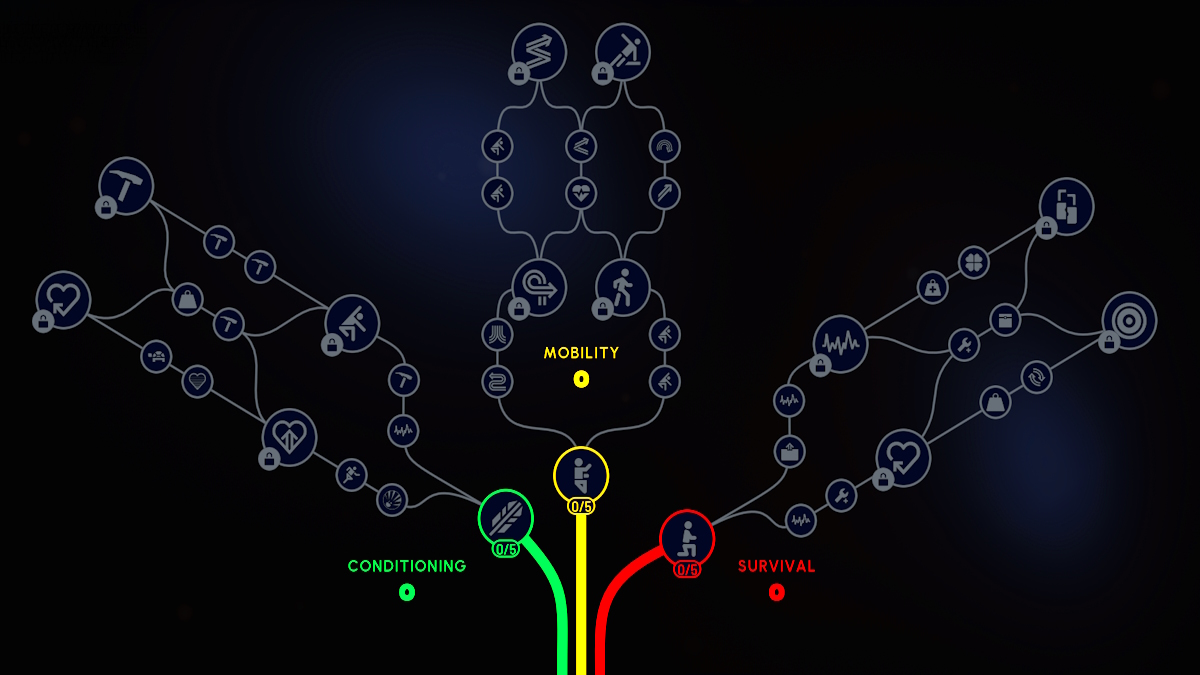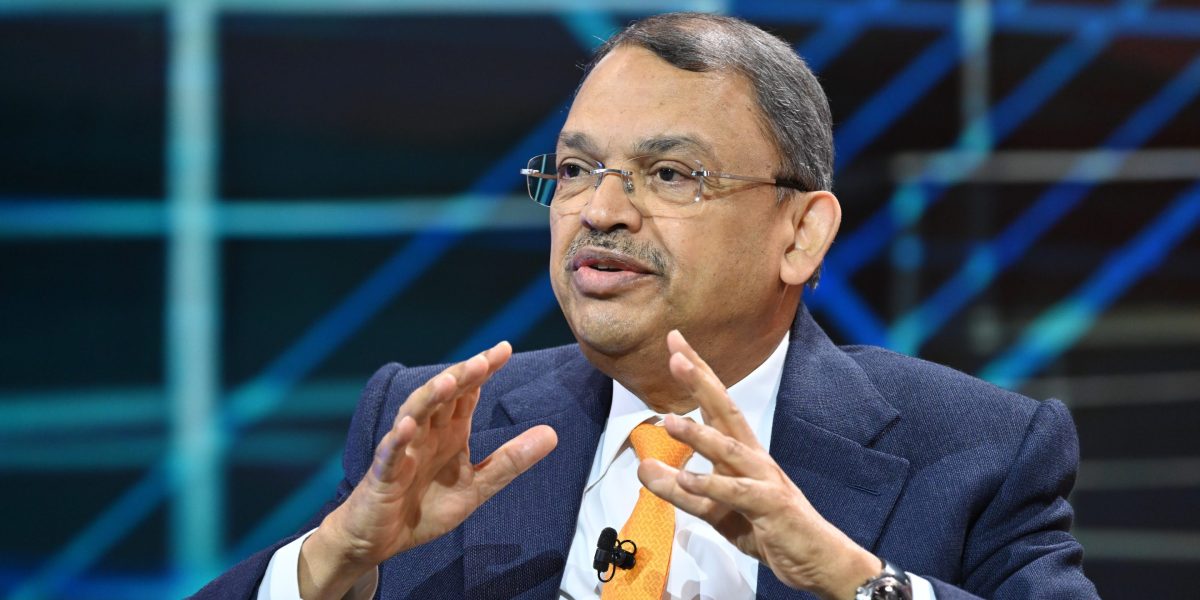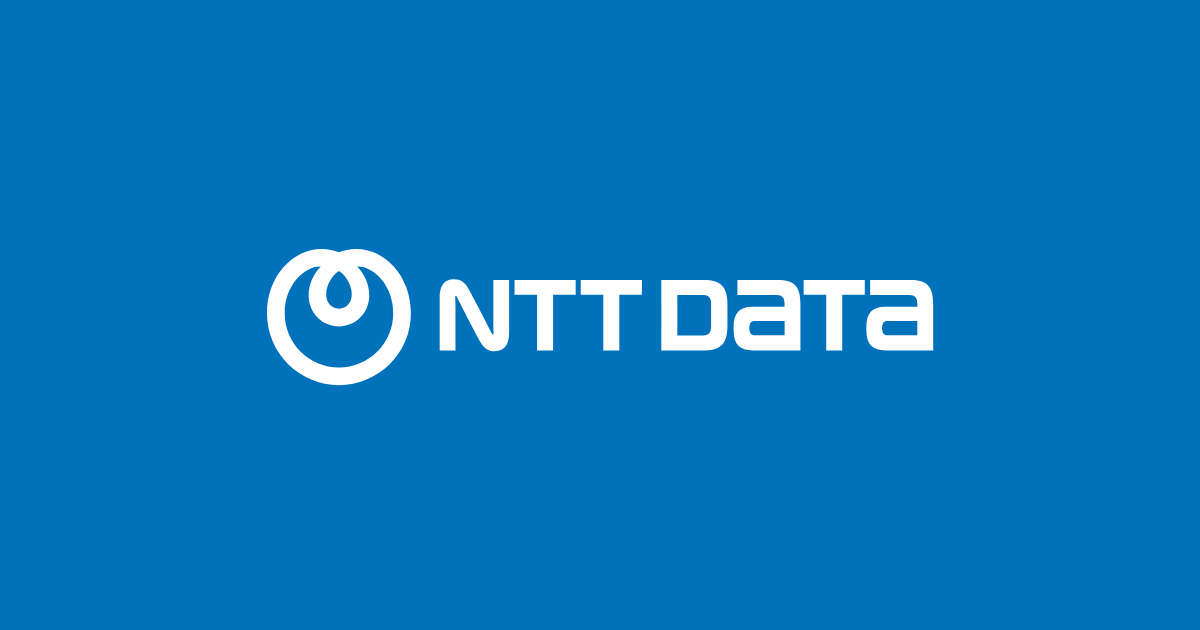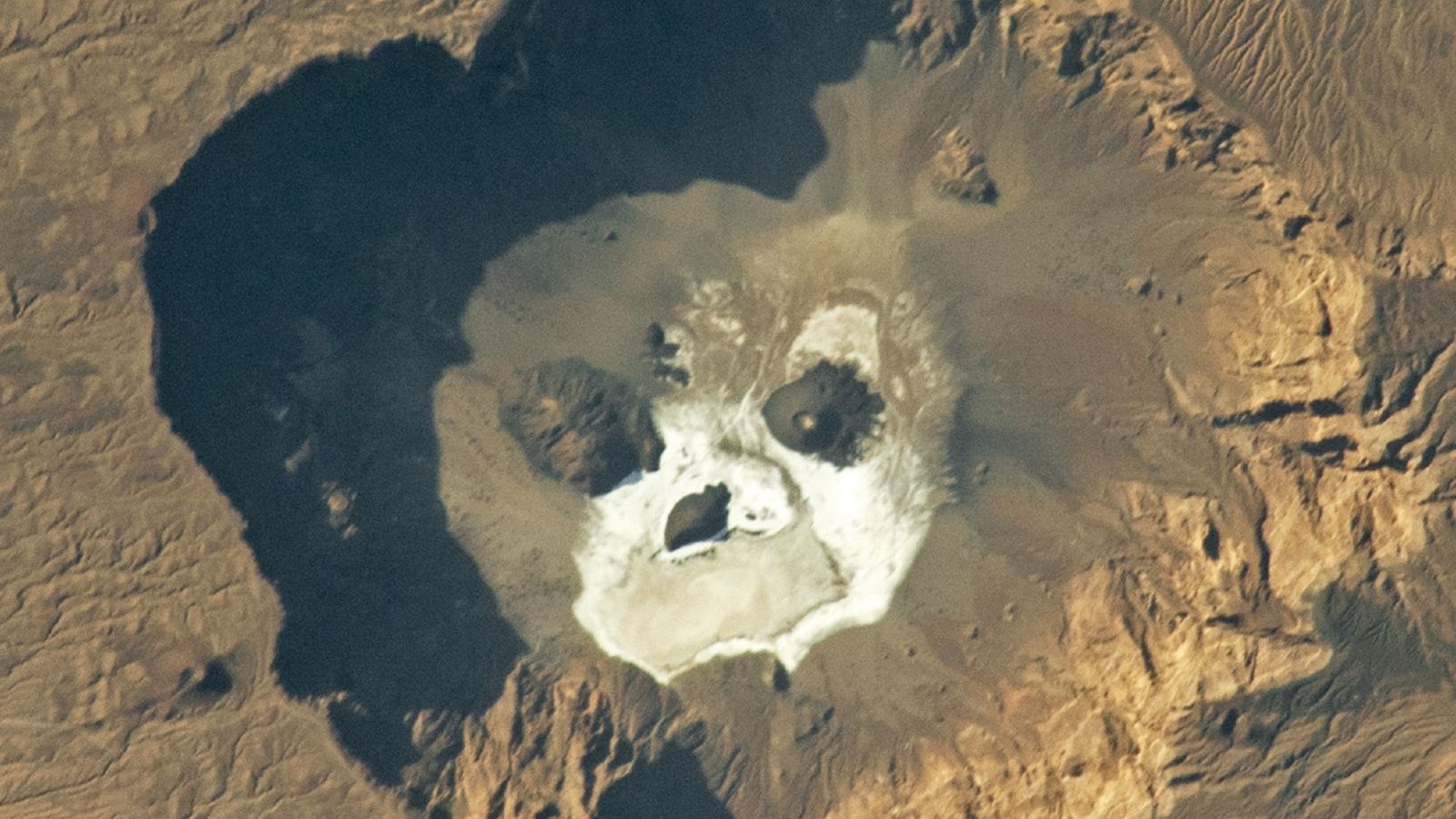The Glasgow event will bookend Wightman’s Commonwealth journey, given his first Games were in the city in 2014.
He was still a student at the time and injury hampered his hopes of progression from the heats. This time, a couple of his pals from…

The Glasgow event will bookend Wightman’s Commonwealth journey, given his first Games were in the city in 2014.
He was still a student at the time and injury hampered his hopes of progression from the heats. This time, a couple of his pals from…

Extraction shooters usually revolve around weapon loadouts, but Arc Raiders treats it differently. Here, a raider’s skills are just as important as their arsenal. Players invest experience points into a full skill tree to shape their…

The world has a major supply gap when it comes to growing enough crops to sustain humanity—and innovations to mitigate it are being underinvested, global food experts say.
Factors weighing on the food supply chain include not producing enough calories to feed people, not enough land available to cultivate crops, greenhouse gas emissions from food production, lost biodiversity integral to agriculture, and a water shortage for agricultural use, according to Sunny Verghese, CEO of food and ag company Olam Group.
“We need about $4.5 trillion of investment in finding the next breakthroughs to find a sustainable food future,” Verghese said at the Fortune Global Forum in Saudi Arabia on Sunday. “We are not, in this point in time, making that investment.”
Ertharin Cousin, a former U.S. food and agriculture ambassador to the United Nations, thinks enough calories are being produced but said the problem is not enough nutritious calories are out there at the right price.
“There are 2.4 billion people today who can’t afford a diverse and nutritious diet because we don’t grow what is required to support the diet diversity to meet human health as well as to meet the environmental challenges of the food system of today,” she told Fortune’s Matt Heimer.
Despite their warnings, data from the U.S. Department of Agriculture shows that food insecurity will improve this year.
Its annual Global Food Assessment says per-capita income in 83 low- and middle-income countries will grow by 3.7% this year, while food price inflation in most of the monitored countries is expected to ease.
This means the number of food-insecure people this year is projected to drop by about 221 million people to 604 million people, or 13.5% of the world’s population.
But experts are still concerned about building a sustainable food supply chain for the future.
Verghese estimated the world requires 593 million hectares of land—which is equivalent to twice the size of India—every year for crop cultivation at current productivity growth rates to meet that challenge.
Cousin, who is CEO of FSF Ventures, a nonprofit focused on sustainable food business models, believes investments like AI will help spur productivity in land already used for cultivation.
The new tech, when paired with other innovations like biological tools and energy advancements to support production growth, will help create a “diversity of solutions” required to combat the world’s food shortage, she added. These are the investment opportunities Cousin’s organization is seeking.
“We have the responsibility of identifying the investment capital that is necessary to support the multi-sectoral investments that are required from farm to consumer that will change the food system in a way to make it more productive and make that food more affordable and available,” Cousin said.

Dwarf planet 1 Ceres is passing close by a star this evening. In just an hour or two, you can watch the main-belt world’s motion by eye.
Ceres…

October 28, 2025
NTT DATA Group Corporation
TOKYO and LONDON – October 28, 2025 – A new white paper from NTT DATA, a global leader in AI, digital business and technology services, highlights the urgent need to embed sustainability into every layer of AI development and deployment to counteract the technology’s environmental impact. Deploying innovative solutions for sustainable AI is a corporate responsibility and a strategic opportunity to create lasting value, build organizational strength and consume fewer essential resources.
The new paper, Sustainable AI for a Greener Tomorrow, illustrates the growing environmental impact of AI and outlines a path to sustainable innovation. The technology requires enormous volumes of electricity to support surging computational demands to train large language models, run inference pipelines and maintain always-on services. Researchers predict AI workloads will drive more than 50% of data center power consumption by 2028. Other primary environmental impacts include water consumption for data center cooling systems, e-waste and rare earth mineral extraction for hardware production.
“The resource consequences of AI’s rapid growth and adoption are daunting, but the technology also can empower innovative solutions to the environmental problems it creates,” said David Costa, Head of Sustainability Innovation Headquarters, NTT DATA. “AI’s amazing capabilities can help manage energy grids more efficiently, reduce overall emissions, model environmental risks and improve water conservation. It’s vital for organizations to recognize the challenge and build sustainability into AI systems from the start.”
Today, fragmented assessments and inconsistent metrics frequently prevent meaningful benchmarking. Many organizations focus narrowly on energy or emissions without considering water usage, rare material depletion and e-waste. These and other factors must be addressed comprehensively. Even when environmental goals are set, organizations often lack actionable methods to apply sustainability at every stage of the AI lifecycle.
To address these and other concerns, the report outlines numerous best practices, including:
While the road to sustainable AI is complex, an intentional, end-to-end redesign of the AI lifecycle can help fulfill this technology’s positive potential while protecting the environmental systems on which all living things depend.
To help accelerate the transition towards a sustainable future, please visit our website to download the whitepaper and learn more about NTT DATA’s sustainability services.
NTT DATA is a $30+ billion business and technology services leader, serving 75% of the Fortune Global 100. We are committed to accelerating client success and positively impacting society through responsible innovation. We are one of the world’s leading AI and digital infrastructure providers, with unmatched capabilities in enterprise-scale AI, cloud, security, connectivity, data centers and application services. Our consulting and industry solutions help organizations and society move confidently and sustainably into the digital future. As a Global Top Employer, we have experts in more than 70 countries. We also offer clients access to a robust ecosystem of innovation centers as well as established and start-up partners. NTT DATA is part of NTT Group, which invests over $3 billion each year in R&D.
Visit us at nttdata.com

Of all the companies that could have launched a robot vacuum in 2025, I didn’t have DJI in the running — but here we are. The drone and camera manufacturer released the DJI Romo robovac in Europe today, following its China debut this summer….

Exceptional Sensing Power and Sensational Cleaning Performance
SHENZHEN, China, Oct. 28, 2025 /PRNewswire/ — DJI, the global leader in civilian drones and creative camera technology, today launches ROMO, a series of…

QUICK FACTS
Where is it? Trou au Natron, Tibesti Massif, Chad [20.96825691, 16.571382232]
What’s in the photo? A skull-like structure within a volcanic caldera appears to stare up into space
Who took the photo? An unnamed astronaut on board the…

We focused on ghrelin, which can be delivered from the bloodstream to the brain parenchyma, including the OB tissue, by transcytosis across vascular walls (Rhea et al., 2018). In addition, a previous study showed that newly generated…